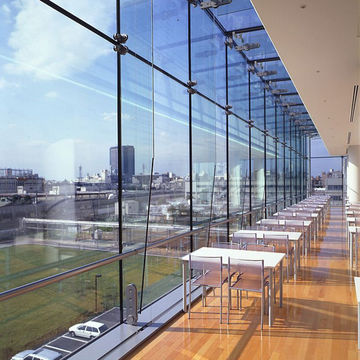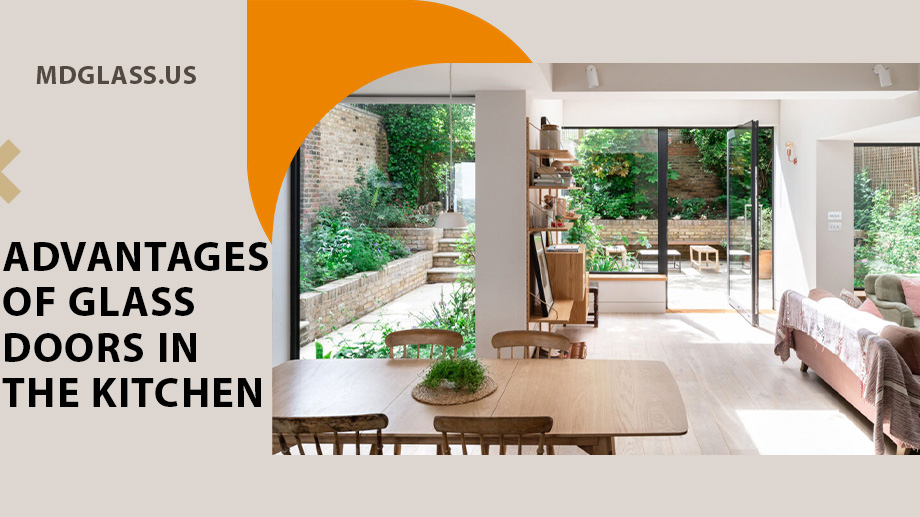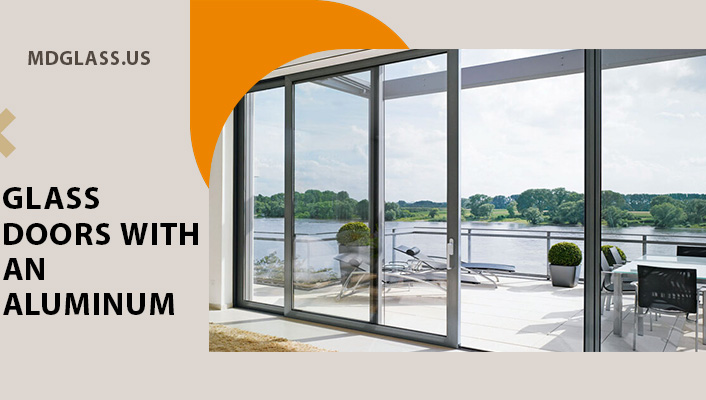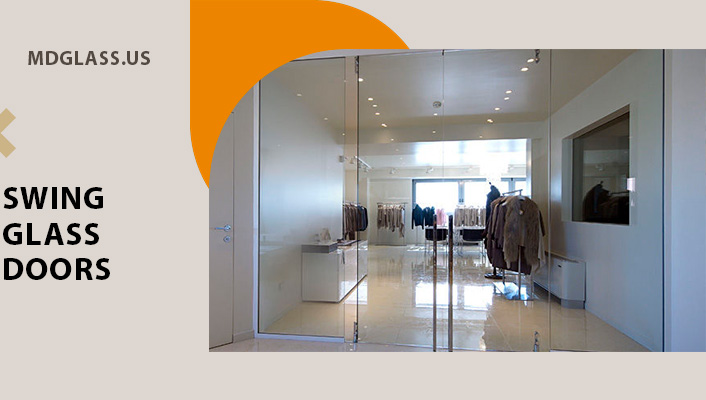Glass cladding, as a type of decorative interior decoration, is one of the most popular techniques of architects and designers. Glass panels are able to visually expand the space, and mask the unevenness of the walls and construction defects.
Transparent material will reliably protect fragile or easily soiled surfaces. A matte or painted surface will hide the laying of engineering networks or fixtures, creating attractive decorative lighting. Wall cladding with glass panels is environmentally friendly, acting as an excellent alternative to plastic and other wall materials for decoration.

Types of wall cladding with glass and features of work
Wall cladding with glass is carried out with panels of different thicknesses. The most optimal option is hardened sheet material with a thickness of 4-6 mm, which is highly resistant to mechanical damage.
A leading provider of glass structures, MD glass, offers a variety of cladding options with stylish and original solutions at attractive prices. The material used is glass:
transparent – panels protect wallpaper, mosaics, wall paintings from external influences;
matte – the main installation sites are the kitchen and the bathroom, the material washes well, is resistant to high temperatures;

color – a universal option for any interior;
tinted – suitable for commercial premises and offices;
triplex – a laminated glass of high strength.
Work is carried out in one of the following ways:
on glue – a simple, affordable, and common option;
installation in a profile – fixing panels on a metal frame;
point fastening – sheets of glass are held with screws with a decorative top;
remote fastening – installation of panels with a gap between the material and the wall, the technical gap is created by screws with a special sleeve;
movable installation – glass fastening on hinges with the possibility of retracting the panel.




